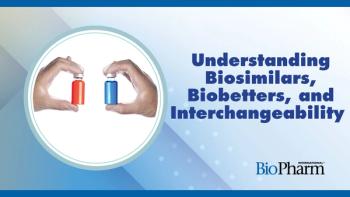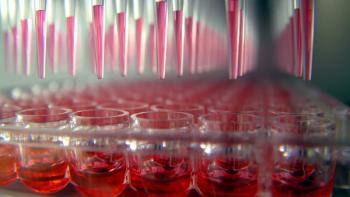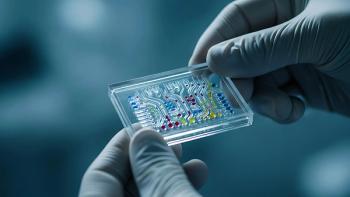
Addressing Analytical Risk from Non-Specific Adsorption in Biotherapeutic Methods
Webinar Date/Time: Wed, Dec 14, 2022 11:00 AM EST
During chromatographic analysis of complex biotherapeutics, analytes may contain electron-rich functional groups that have an affinity to metal surfaces and may cause issues such as poor peak shape. Join this webinar to learn how Waters addresses these challenges.
Register Free:
Event Overview:
During chromatographic analysis of biotherapeutics, analytes with phosphate, carboxylate, or other electron-rich functional groups may adsorb non-specifically to metal surfaces. Non-specific adsorption leads to poor peak shape, lost recovery, and irreproducibility. This reduces method robustness, increases method development time, and adds risk to your separations. Currently, long, inconsistent, and transient passivation protocols are employed to address these challenges.
Newer column technologies address these challenges and enable stable platform methods that provide:
- Robust platform SEC methods
- Improved deamidation monitoring during peptide mapping
- Increased sensitivity for intact and subunit protein analysis
- Enhanced analysis of sialylated and phosphorylated glycans
Key Learning Objectives
- How and why certain analytes are lost to metal surfaces
- Limitations of existing solutions to address loss of analytes
- How new column technology solves the challenge of non-specific adsorption for metal sensitive analytes in bioseparations
- The chromatographic and analytical advantages across multiple bioseparation applications
Who Should Attend
- Biopharma Market
- Analytical Development Scientist
- Formulation Development Scientist
- Bioprocess Development Scientist
- Discovery/early Research Scientist
- QC Scientist or Technician
Speaker
Nick Zampa, MS, D Eng
Principal Product Marketing Manager
Waters
Nick Zampa, MS, D Eng, is a principal product marketing manager with the Chemistry Technology Center at Waters Corporation. Prior to joining Waters in 2019, Nick worked in a variety scientific and engineering roles in the biopharmaceutical and clinical diagnostic industries. Nick was a formulation scientist for biotherapeutic drug products, a product development scientist for antibody-based reagents, and an engineer for drug/device combination products. Nick holds an MS in Biology/Biotechnology and Doctor of Engineering in Engineering Management.
Register Free:
Newsletter
Stay at the forefront of biopharmaceutical innovation—subscribe to BioPharm International for expert insights on drug development, manufacturing, compliance, and more.




